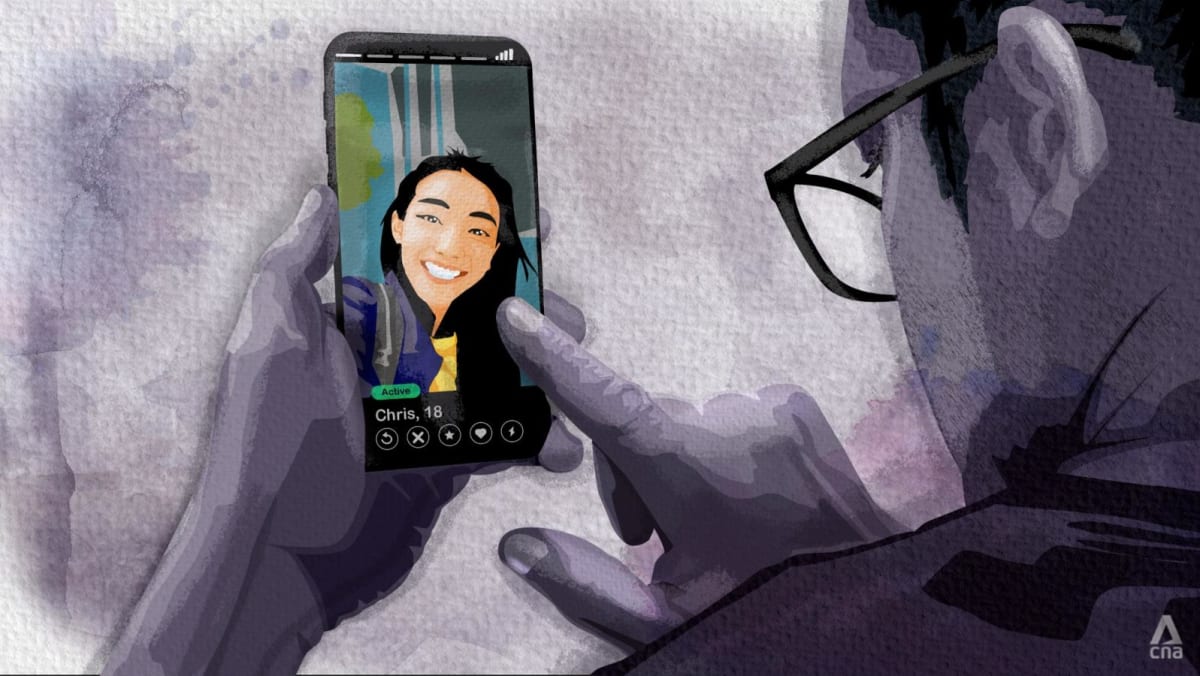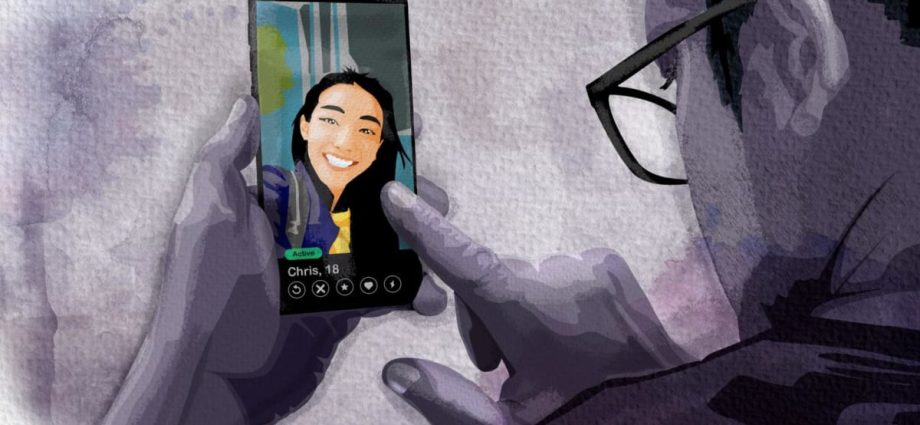
The Grindr spokesperson also said the app is classed in the 17+ category on both Apple and Google Play App stores, which means parental control settings in both operating systems can be used to prevent the app from being downloaded.
She added that Grindr is “always willing” to work with Apple and Google to develop better age gating technology that respects users’ privacy while improving safety.
As for why Grindr does not require users to upload a profile photo or picture ID, the spokesperson said that user concerns are a key reason for this. Users can privately share photos using private albums.
She added: “Since the founding of Grindr, many of our users have had very real needs to maintain privacy and discretion on the app, ranging from highly personal circumstances to government persecution in more than 60 countries around the world where it is tragically still illegal to be a member of the LGBTQ+ community.”
Nevertheless, she said Grindr “works constantly to eliminate illicit activity from the app”, including using AI and machine learning “in a variety of ways to promote safety, including monitoring chats to detect potential underage users”.
On top of that, Grindr has an external moderation team of more than 150 experts to monitor chats and identify issues such as underage users and those who may try to target them. It also reports activity involving minors to organisations committed to protecting children, including the National Center for Missing and Exploited Children in the US.
CNA also asked OkCupid, Tinder and Grindr about whether they were open to partnerships like the one that dating app Bumble recently formed with the Association of Women for Action and Research (AWARE), a gender equality advocacy group in Singapore.
The partnership, announced in September, allows AWARE to report harmful or dangerous people to Bumble’s dedicated member safety team.
Through this new tip line, these people can receive a warning or even have their profiles removed from the platform.
In a press release, Bumble said this is aimed at reducing the burden on victim-survivors of sexual violence and technology-facilitated abuse to report these harms, while ensuring that dangerous individuals are proactively removed from Bumble.
OkCupid, Tinder and Grindr did not directly respond to queries about this.
“THERE’S REALLY NO VERIFICATION”
Notwithstanding dating apps’ various measures to keep the underaged from using them, some users told CNA how easy it was to sign up when they were below the age of 18.
Ms Li, 23, is no stranger to such apps. She first started using them as a 17-year-old.
“There’s really no verification, so I just put my age as 18. I had almost everything actually, I had Bumble, OkCupid, Hinge, Tinder.”
Feeling guilty for lying about her age, Ms Li wrote in her profile that she was 17, going on 18. Despite doing so, the apps did not detect that an underage user was on their platform.
In fact, Ms Li said her profile became more popular after she updated her bio. “Once I put that, then I actually got more matches.”
She added that she was far from the only underaged teen on dating apps.
“Pretty much every girl I knew that was in upper-secondary school would have been on the more common apps, like OkCupid.” They would send profiles to each other to see who their friends matched with, she said.
Some of the men who matched with her on the apps were 10 years her senior, but it did not raise any alarm bells back then. She said she felt lucky about it, thinking that these older men were taking a chance on her.
It was especially gratifying given that some boys in her age group still shunned girls. “A man likes me – he isn’t immature like the boys,” she said.
“At that age, it was very, very easy for girls to be looking for that attention and validation.”

